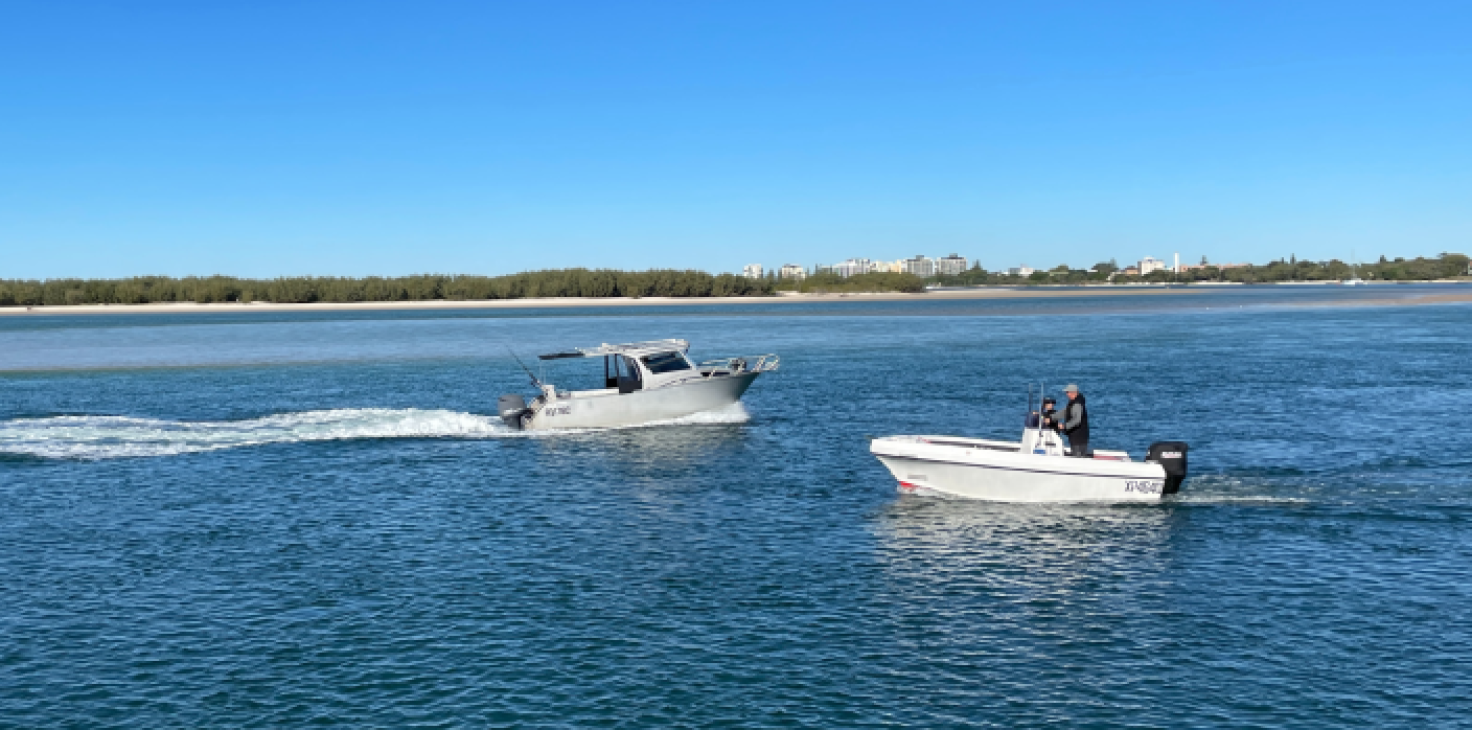26 October 2021
Checklist for buying a second hand boat of your dreams
Buying a second hand boat is a cost effective way to achieve your voyaging dreams.
Boating is one of the most popular forms of recreation in Australia and it’s an activity that’s on the rise. The past couple of years has seen the demand for boats go through the roof with more of us than ever before taking to the waterways to enjoy time out with family and friends.
Buying a second hand boat makes a lot of sense and has many advantages over purchasing a new one. Benefits such as lower cost, the added inventory and equipment thrown in that you won’t need to go out and buy and it can be ready to use now, whereas a new boat can take up to two years to arrive due to demand, logistics, factory shutdowns and part shortages.
If you don’t know one boat over another or where to start your search, a broker is a one stop shop to showcase different brands and help you find one that suits. A broker can save you time traipsing all over to the various boat dealers.
Peter Mactier from YOTI gave us the ins and outs of what needs to be considered when buying privately so it’s then up to you whether you do the legwork or leave it to an expert.
Negotiations and first inspection
“Always confirm the price you are paying before the negotiations are done and then undertake a physical inspection of the boat, also confirming inventory and any service history such as when it was last antifouled and the age of the sails and the rigging”.
Rigging, for insurance purposes, is something that needs to be replaced every ten years and it’s an expensive exercise if you have to pay for this on top of the purchase price.
Mactier says “it pays to learn a bit about the certain types of engines as well”. He then suggests “negotiating the subject to a test drive, or as I like to call it, a sea trial”.
Obtain a marine survey
Just like you’d get a building report when buying a home, this needs to be undertaken by an expert to report on the structural integrity, systems and general safety of the boat. Its purpose is to let you know of any significant expenses you need to be aware of and in many cases can be used for negotiation purposes.
LPG gas system compliance
Something you may not be aware of is that you need to make sure the gas LPG system has a current legal gas certificate. If it doesn’t have current compliance then you need to have a licenced gas fitter instal it.
Ray Seggie from LPG marine advises
“The seller should provide a boat with this, unlike for rigging which is a buyer beware issue”.
Although there is an AU/NZ standard, each state has slight differences which you will need to check. Queensland for instance will insist that this is checked every time a boat is sold, and they are the only state to store gas in fibreglass bottles.
“You don’t want to have an issue where a boat is certified in one state and resold in another and the gas doesn’t pass,” says Seggie.
Know the purpose of the boat
It’s important to know before you buy the boat how you will be using it, such as whether it’s for fishing or recreational purposes, as that will determine the kind of space you should look for and how many people will be onboard. A boat is designed for a certain number of people and only that amount of people can get on. You’ll also have to decide between a motorboat and sailing boat.
Check the ownership of the boat
Last but not least, when buying a boat from a private seller you should look at the Personal Property Securities Register (PPSR) to see if the boat is recorded as “encumbered” which means there could be money owning or the seller may not even own the boat.
Buying a second hand boat is an investment and often the result of a lifelong dream, so it’s important to ask the right questions and know what to look out for when making such an important decision.
Whatever the shape or size of your vessel, NRMA offers boat insurance to voyagers in QLD, ACT, NSW or TAS. Our insurance will protect you in case of any accident, collision, theft, vandalism, salvage and much more




